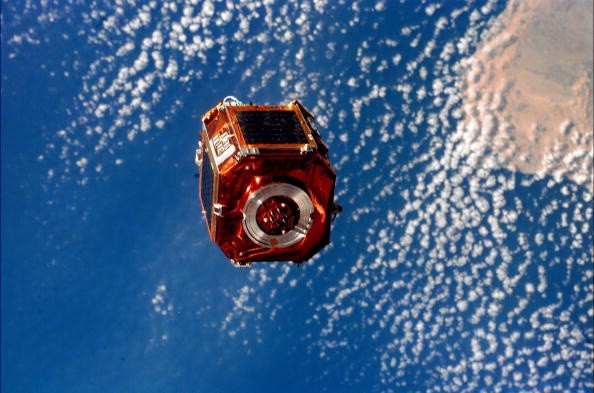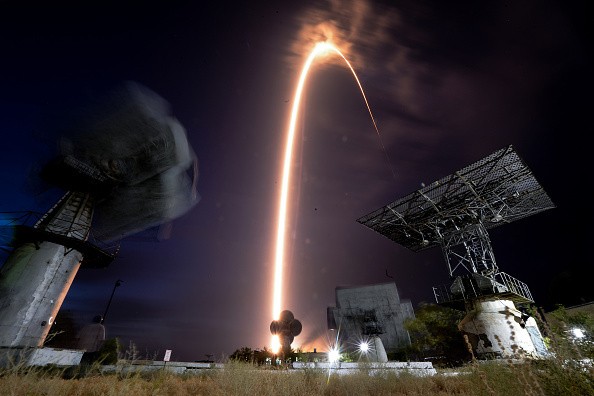ESA wants to ensure the safety of Artemis cubesats. The European Space Agency said they would support these satellites, tracking their conditions until they reach their targeted lunar orbits.

As of press time, the Artemis 1 mission is still being prepared so that it can meet its scheduled Aug. 29 launch. This space mission is a big deal since it will be the first activity for NASA's Artemis project.
The upcoming unmanned spaceflight will carry 10 revolutionary satellites. Now, ESA confirmed that it would track six of these cubesats using its so-called Estrack.
ESA to Ensure Artemis Cubesats Reach Moon Safely
According to the European Space Agency's official website, ESA will use its deep space antennas together with the Goonhilly Earth Station in the United Kingdom to ensure that the cubesats will reach their destinations safely.

Also Read : ESA's Venus Probe Will Undergo 'Intense Aerobraking' Before Diving Into Venus' Hellish Atmosphere
"Our Estrack stations will be critical in determining the CubeSat trajectories, returning their data home, and supporting the commanding of the six spacecraft," ESA official Lucy Santana, who is responsible for the agency's ground facility services for deep space missions.
She said that they are quite proud of their part in the upcoming Artemis 1 mission.
If you are unfamiliar with this out-of-this-world activity, it will serve as a test to check if NASA's space program can safely bring humans to the moon and other heavenly bodies, as reported by Space.Com.
On the other hand, the cubesats that the Artemis I mission will carry are specifically designed for critical space activities.
Among them are the Lunar IceCube and LunaH-map, which can search for potential water on the moon.
How ESA's Estrack Works
ESA explained that its Estrack technology could check the real-time locations of the cubesats. On the other hand, it can also check if the satellites' data are being sent back to Earth properly.
One of the major methods that Estrack use is pinning down the cubesats' locations and trajectories. This tracking station network can do this by using the so-called "Doppler shift."
If you want to see more details about ESA's Estrack system, you can click its official website.
Previously, the ESA Comet Interceptor mission was approved.
On the other hand, ESA plans to replace Roscosmos rockets were recently discussed.
For more news updates about ESA's Estrack and other similar space techs, always keep your tabs open here at TechTimes.
Related Article : ESA to Fund Space-Based Solar Power Program; Here's What You Need to Know About Solaris
This article is owned by TechTimes
Written by: Griffin Davis
ⓒ 2025 TECHTIMES.com All rights reserved. Do not reproduce without permission.




